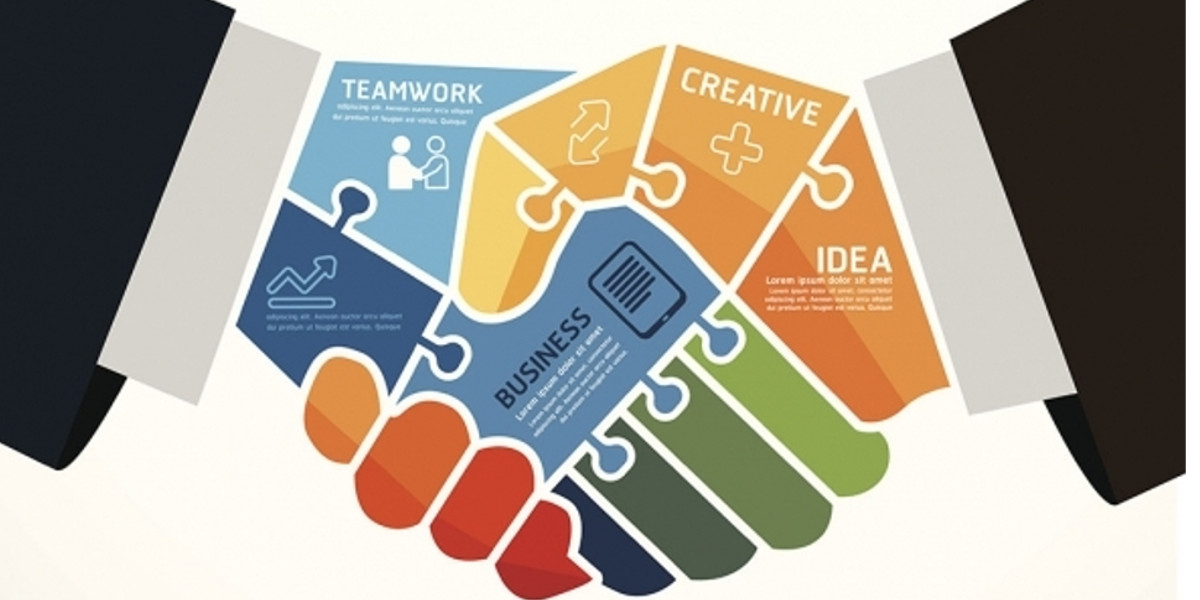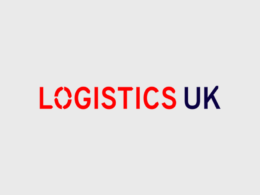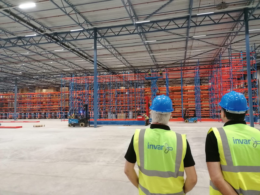Supplier relationship management (SRM) is a large topic in its own right. As procurement professionals, we know that an effective supplier management program is key to unlocking potential value, innovation, minimising risk and extending CSR into the supply chain.
For key suppliers and partners, we constantly seek to provide the right conditions – commercial and contract that balance performance, protection and incentive. There are many systems and processes out there to support this. We invest time and resources in performance criteria, measurement processes, dashboards, corrective action practices and wrap this up into formal review structures…
So, how well do all of these actions build a sustainable, valuable relationship between buyers and suppliers?
Taking a quantitative look, there can be many more FTEs outside your
organisation working on your business than there are inside. In fact, in a
previous role of mine at a company with globally recognised brands, I assessed
just how many external FTEs were engaged in driving brand performance when compared
to internal resources – we found three external FTEs for every one employee
working in the same arena.
Is it worth then, investing time and resources engaging those individuals who determine the success of your business beyond what is contained in the contract? I would say so.
It won’t suit all, but in every complex business-to-business relationship there is a group of individuals who are responsible and accountable for the success of the contracted services. These individuals, working for the buyer and supplier need to function and be engaged as a single effective entity so that strategic goals are realised and expected values are delivered. Let’s call this the Influencing Group.
Within the entire relationship, a strong ‘influencing group’ is totally aligned to the success of the relationship. This means that the partnership is able to weather the inevitable changes in business circumstance, temporary variations in performance and personnel. It provides stability and continuity in people and knowledge which further reinforces the relationship between the parties. If the supply agreement were a ‘company’ in its own right, the ‘influencing group’ would be its employees.
This team of people need to be bonded to the success of the partnership in the same way that they are connected to the success of their employer. This can be achieved by using the same engagement techniques as corporate organisations use with their staff worldwide.
A wise head once told me of a simple acid test for a strategic relationship, that I have used many times since: Looking objectively at a business-to-business relationship, ask yourself honestly, all things being equal, would I sign this contract again tomorrow?
If the answer is no, then you have either lost, or never achieved, that balance and alignment that makes the buyer/supplier relationship work positively. As procurement professionals, we should ask ourselves this question regularly and be prepared to act.
Better still, ask your supplier the same question.
By Steve Trainor













